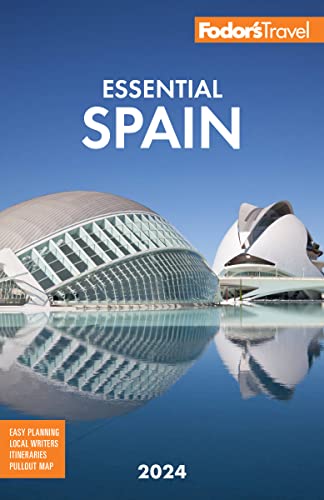Menorca, the northernmost of the Balearics, is a knobby, cliff-bound plateau with some 193 km (120 miles) of coastline and a central hill called El Toro, from the 1,100-foot summit of which you can see the whole island. Prehistoric monuments—taulas (huge stone T-shapes), talayots (spiral stone cones), and navetes (stone structures shaped like overturned boats)—left by the first Neolithic settlers are all over the island.
Tourism came late to Menorca, which aligned with the Republic in the Spanish Civil War; Franco punished the island by discouraging the investment in infrastructure that fueled the Balearic boom on Mallorca and Ibiza. Menorca has avoided many of the problems of overdevelopment: there are still very few high-rise hotels, and the herringbone road system, with a single central highway, means that each resort is small and separate. There's less to see and do on Menorca, and more unspoiled countryside than on the other Balearics. The island, home to some 220 species of birds and more than 1,000 species of plants, was designated a Biosphere Reserve in 1993. Menorca is where Spaniards and Catalans tend to take their families on vacation.






